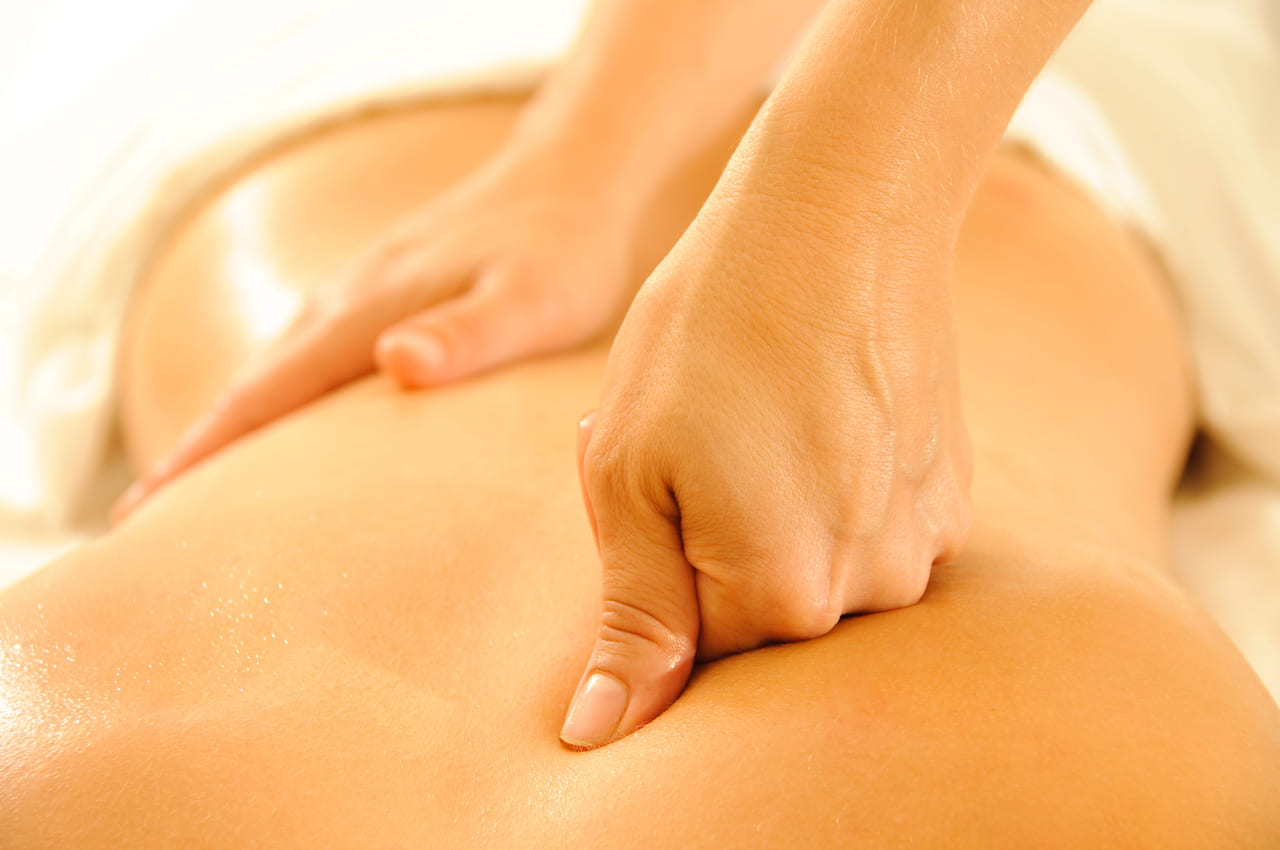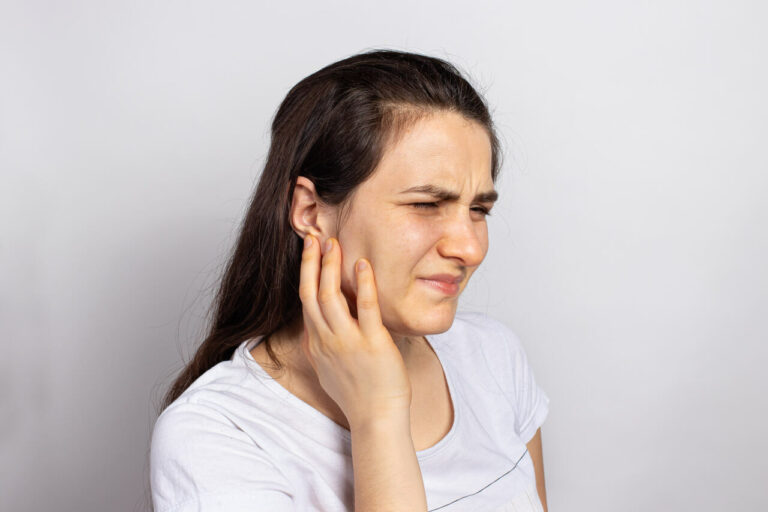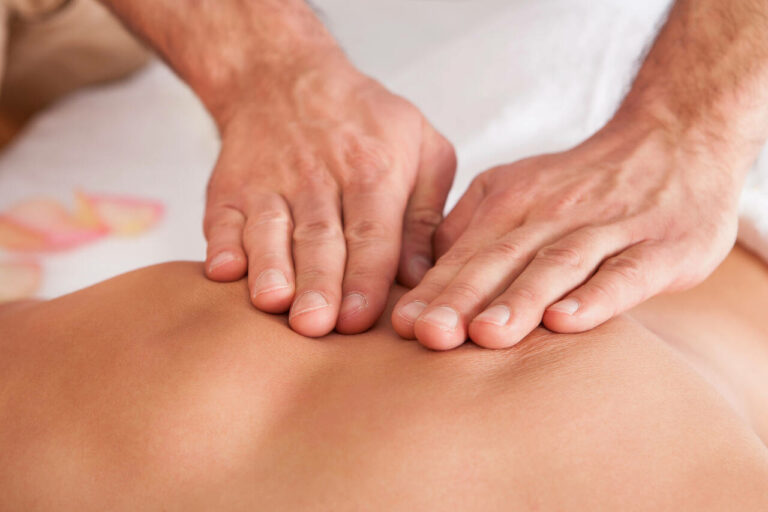Safety in Massage Therapy: Understanding Risks and Benefits
Massage therapy is a widely recognized treatment method used to alleviate stress, manage pain, and promote overall well-being. With its increasing popularity, many individuals are curious about the safety of this therapeutic practice. While massage therapy is generally considered safe, it is important to understand the nuances that contribute to its effectiveness and safety. In this blog, we will explore the safety of massage therapy in various contexts, including special populations like pregnant women, children, and older adults, as well as post-surgery or injury scenarios, and offer tips for ensuring a safe massage experience.
Is Massage Therapy a Safe Treatment Method?
Massage therapy is generally considered a safe treatment method for most individuals. It has been shown to offer numerous benefits, such as reducing muscle tension, alleviating stress, and enhancing circulation. However, like any therapeutic intervention, it is not without its risks. Conditions such as osteoporosis, recent surgeries, and certain skin conditions may necessitate special precautions or modifications to the massage technique. Moreover, it’s crucial to ensure that the massage therapist is well-trained and informed about any existing health conditions the client may have. By understanding these factors, individuals can make informed decisions about incorporating massage therapy into their health routines.
To sum up, massage therapy is largely safe and beneficial, provided that it is administered by a qualified professional and tailored to individual health needs and conditions. Awareness of specific health considerations ensures optimal outcomes and minimizes potential risks.
Are There Any Risks Associated With Massage Therapy?
While massage therapy is generally safe, there are some risks associated with it, particularly for individuals with certain health conditions. Common concerns include exacerbation of injuries, allergic reactions to oils, and potential bruising. It is important for clients to discuss their medical history with their therapist to tailor the session appropriately.
| Exacerbation of Injuries | Massage can sometimes worsen existing injuries if not performed correctly. It’s crucial to inform the therapist about any injuries to avoid aggravating them. |
| Allergic Reactions | Some massage oils and lotions may cause allergic reactions. It’s important to inform the therapist about any known allergies to avoid adverse reactions. |
| Bruising and Soreness | Some individuals may experience bruising or soreness after a deep tissue massage. This is usually temporary but should be communicated to the therapist if it occurs. |
| Nerve Damage | Although rare, improper technique can lead to nerve damage. Choosing a certified therapist reduces this risk significantly. |
| Infection Risk | Poor hygiene practices can lead to infections. Ensure the therapist maintains a clean environment and uses sanitized equipment. |
| Blood Clotting Issues | Individuals with blood clotting disorders should seek medical advice before undergoing massage therapy since it can affect circulation. |
| Hypertension Concerns | Those with uncontrolled high blood pressure should proceed cautiously, as massage can impact blood pressure levels. |
| Pregnancy Complications | Pregnant women should consult their healthcare provider before receiving a massage to avoid any potential complications. |
In summary, while massage therapy is safe for most, it’s essential to consider individual health conditions and communicate openly with the therapist to mitigate any potential risks.
Is Massage Therapy During Pregnancy Safe?
Massage therapy can be safe during pregnancy when performed by a therapist trained in prenatal massage techniques. It offers numerous benefits, such as reducing stress, relieving muscle aches, and improving circulation. However, it is crucial to avoid certain pressure points and positions that may induce complications. Pregnant women should always consult their healthcare provider before initiating any massage therapy to ensure it aligns with their specific health needs. Specialized prenatal massage techniques are designed to accommodate the physiological changes that occur during pregnancy, targeting areas such as the lower back, hips, and legs, which often bear additional stress.
In brief, while massage therapy can be beneficial during pregnancy, it is essential to work with a certified prenatal massage therapist and consult healthcare providers to ensure the safety and well-being of both the mother and the unborn child.
Is Massage Therapy Safe for Children or Older Adults?
Massage therapy can be safe for children and older adults, but special considerations must be taken into account. For children, therapists use gentler techniques suitable for their developing bodies. For older adults, modifications may be needed due to conditions like arthritis or osteoporosis.
- Children’s Development: Massage for children focuses on gentle techniques to support their growth and development without causing harm.
- Arthritis Considerations: For older adults with arthritis, gentle massages can help alleviate pain and improve joint mobility.
- Osteoporosis Precautions: Older adults with osteoporosis require careful handling to avoid fractures, emphasizing gentle pressure.
- Mobility Limitations: Massage can enhance flexibility and reduce stiffness in older adults, improving overall mobility.
- Emotional Well-being: Both children and older adults can benefit emotionally from massage, reducing anxiety and promoting relaxation.
- Skin Sensitivity: Older adults may have more sensitive skin, necessitating the use of hypoallergenic oils and gentle techniques.
- Chronic Conditions: Therapists need to be informed of any chronic conditions to adjust techniques accordingly.
In summary, massage therapy can be beneficial for both children and older adults when tailored to their unique physiological needs, ensuring a safe and effective treatment experience.
Is Massage Therapy Safe After Surgery or Injury?
Massage therapy can be safe after surgery or injury if performed under the guidance of a healthcare provider and a qualified massage therapist. It can aid recovery by reducing scar tissue and improving circulation, but timing and technique are crucial. It’s important to wait until the initial recovery phase has passed.
- Post-operative Recovery: Massage can help reduce scar tissue and improve elasticity, but should only be performed once the wound has sufficiently recovered.
- Pain Management: Gentle massage can help manage pain post-surgery, but should be guided by a healthcare professional to avoid complications.
- Circulation Improvement: Massage can enhance blood flow, facilitating faster recovery, but it’s essential to avoid areas with stitches or open wounds.
- Swelling Reduction: Lymphatic drainage techniques can help reduce swelling and fluid retention after surgery.
- Range of Motion Restoration: Massage can help restore flexibility and range of motion, particularly after joint surgeries.
- Consultation Requirement: Always consult with a healthcare provider before beginning massage therapy post-surgery or injury to ensure safety.
To sum up, massage therapy can support recovery post-surgery or injury when appropriately timed and tailored to individual recovery needs, always with professional guidance.
How Do Therapists Ensure Your Safety During a Massage?
Massage therapists ensure client safety by maintaining high standards of hygiene, conducting thorough consultations, and adapting techniques to suit individual needs. They are trained to recognize contraindications and adjust the massage approach accordingly to prevent any adverse effects.
- Hygiene Standards: Therapists maintain clean environments and use sanitized equipment to prevent infections.
- Pre-session Consultations: A thorough consultation helps therapists understand the client’s medical history and tailor the session accordingly.
- Technique Adaptation: Therapists adjust techniques based on the client’s health conditions, ensuring safety and comfort.
- Professional Training: Continuous education and certification help therapists stay informed about the best practices and safety protocols.
- Monitoring Client Feedback: Therapists encourage clients to provide feedback during the session to adjust pressure and techniques as needed.
- Emergency Preparedness: Therapists are trained to handle emergencies and have protocols in place to address any issues that may arise.
In summary, massage therapists prioritize client safety through rigorous hygiene practices, personalized consultations, and continuous professional development to deliver safe and effective treatments.
What Red Flags Should You Look Out for When Choosing a Massage Therapist?
When choosing a massage therapist, it is important to watch for certain red flags that might indicate a lack of professionalism or safety. These include poor hygiene, lack of credentials, and inadequate communication. Identifying these signs early can help ensure a positive and safe massage experience.
- Lack of Credentials: Ensure the therapist is licensed and certified to verify their training and expertise.
- Poor Hygiene: A clean and sanitary environment is crucial to prevent infections and ensure comfort.
- Inadequate Communication: A therapist who doesn’t ask about medical history or preferences may not provide a safe or effective session.
- Unprofessional Behaviour: Any unprofessional conduct or inappropriate behaviour should be considered a red flag.
- Ignoring Feedback: If a therapist does not adjust techniques based on your feedback, it may lead to discomfort or injury.
- Outdated Techniques: Therapists using outdated or unrecognized techniques may not be following best practices.
Bottom line, looking out for these red flags can help ensure you select a qualified and professional massage therapist, contributing to a safe and satisfying experience.
Can Massage Therapy Interfere With Medications or Treatments?
Massage therapy can potentially interfere with medications or treatments, particularly those affecting circulation, pain management, and certain medical conditions. It is essential for clients to discuss their medications and ongoing treatments with their massage therapist to prevent any adverse interactions. For example, individuals on blood thinners might experience increased bruising, and those using pain medications may not accurately gauge pressure levels during a massage. Moreover, certain medical conditions, such as deep vein thrombosis or cancer, require specialized approaches to massage therapy to avoid complications.
In brief, while massage therapy offers numerous benefits, it is critical to consider its interaction with medications and treatments to ensure safety and maximize therapeutic outcomes.
When Should Massage Therapy Be Avoided?
Massage therapy should be avoided in certain situations where it may exacerbate health conditions or lead to complications. Conditions such as deep vein thrombosis, recent fractures, or active infections are some examples where massage should be approached with caution.
| Deep Vein Thrombosis | Massage can dislodge a blood clot, leading to serious complications. It is crucial to avoid massage in such cases. |
| Open Wounds or Recent Surgery | Massaging an area with open wounds or recent surgery can delay recovery and increase infection risk. |
| Infectious Skin Conditions | Conditions like shingles or contagious rashes require avoidance to prevent spreading. |
| Uncontrolled Hypertension | Massage can affect blood pressure levels, so those with uncontrolled hypertension should avoid it. |
| Severe Osteoporosis | Massage may cause fractures in individuals with severe osteoporosis, so it should be avoided or adapted. |
| Fever or Illness | If you are running a fever or are unwell, it’s best to postpone massage therapy until recovery. |
To sum up, understanding when to avoid massage therapy is crucial for maintaining health and preventing complications, highlighting the importance of professional guidance.
Can Massage Become Addictive?
Massage therapy is generally not considered addictive in the same way substances can be. However, individuals might develop a strong preference for the soothing and stress-relieving benefits it offers. This inclination is often due to the release of endorphins and the improved sense of well-being following a session. While this can lead to frequent visits, it is usually a sign of seeking stress relief rather than true addiction. It’s important to maintain a balanced approach and ensure that massage therapy complements other healthy lifestyle choices, rather than becoming the sole focus.
Overall, while massage therapy can be highly enjoyable and beneficial, it is not typically addictive. It should be part of a holistic approach to health and well-being.
Relax, Recover, Rejuvenate
Massage therapy is a versatile and effective treatment option that offers numerous benefits, from reducing stress to improving physical health. Understanding its safety across various contexts is key to maximizing its benefits.
Propel Sports Physical Therapy in Edmonton South is committed to providing personalized and professional massage therapy services. Our experienced team is ready to address your unique needs and guide you in achieving optimal health and well-being. We encourage you to contact us for more information and to schedule a session tailored to your specific requirements.
Frequently Asked Questions
Is Massage Therapy Safe for Everyone?
Massage therapy is generally safe for most people but should be avoided in certain conditions such as deep vein thrombosis, open wounds, or active infections. Always consult with a healthcare provider if you have any concerns.
How Often Should I Receive a Massage?
The frequency of massage therapy depends on individual needs and goals. Some people benefit from weekly sessions, while others may only need them monthly. Consult with your therapist for personalized advice.
Can Massage Therapy Help With Anxiety?
Yes, massage therapy can help reduce anxiety by promoting relaxation and releasing tension. It encourages the release of endorphins, which can improve mood and alleviate stress.
Are There Specific Massages Recommended for Athletes?
Athletes may benefit from sports massages, which are designed to improve performance, prevent injuries, and promote recovery. These sessions often focus on specific muscle groups and include stretching techniques.
Can I Get a Massage If I Have a Chronic Condition?
Individuals with chronic conditions can often receive massages, but it is essential to inform the therapist of the condition and any medications being taken. Modifications to the massage technique may be necessary.








